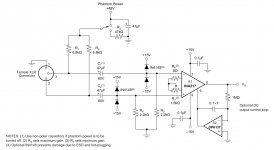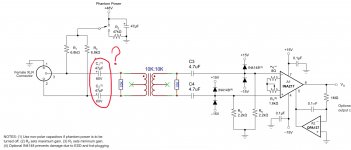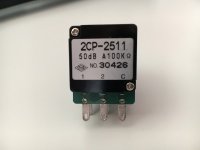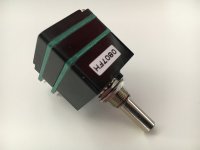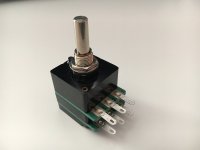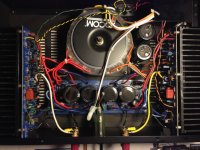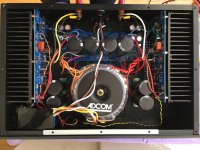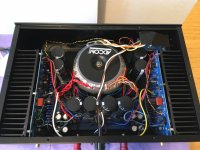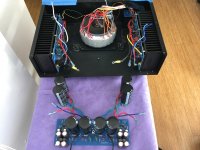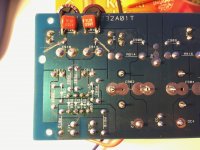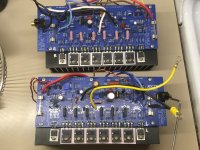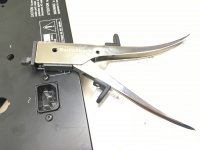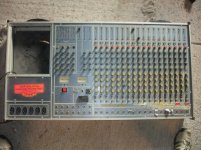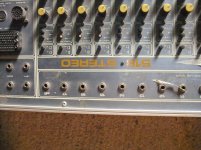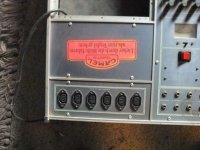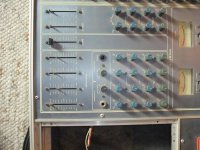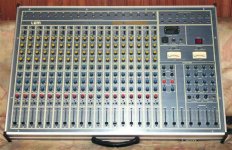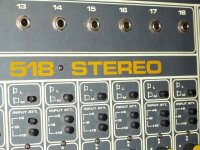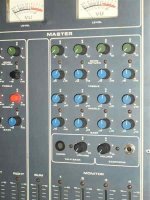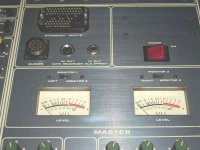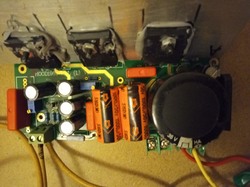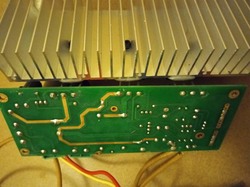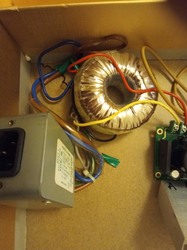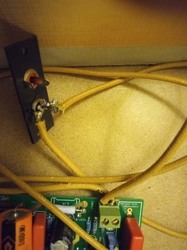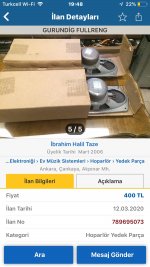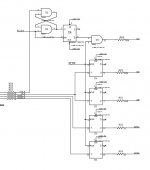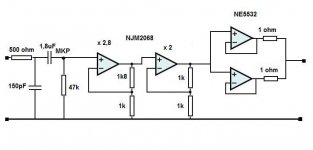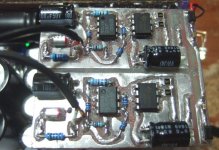Feedback on 18Sound 10NDA610 as midrange
- By LewinskiH01
- Multi-Way
- 62 Replies
Anyone has heard/measured these and can provide some info?
The intended application is from 400/500Hz to about 2kHz, under a TPL-150H, and over dual 10" Beymas.
On paper it looks good: 102+ dB/W from 500 to 2kHz, super low Le of 0.06 mH, smooth impedance curve with a minimum of 6.5 ohm.
Unfortunately there is little published data and scarce comments online that I found. I wish there was some distortion data, and I'm a bit concerned with directivity at 2kHz. Unfortunately they don't make an 8" version, and the 6ND410 seems a bit shy in the lower end of the intended usage range.
The intended application is from 400/500Hz to about 2kHz, under a TPL-150H, and over dual 10" Beymas.
On paper it looks good: 102+ dB/W from 500 to 2kHz, super low Le of 0.06 mH, smooth impedance curve with a minimum of 6.5 ohm.
Unfortunately there is little published data and scarce comments online that I found. I wish there was some distortion data, and I'm a bit concerned with directivity at 2kHz. Unfortunately they don't make an 8" version, and the 6ND410 seems a bit shy in the lower end of the intended usage range.





